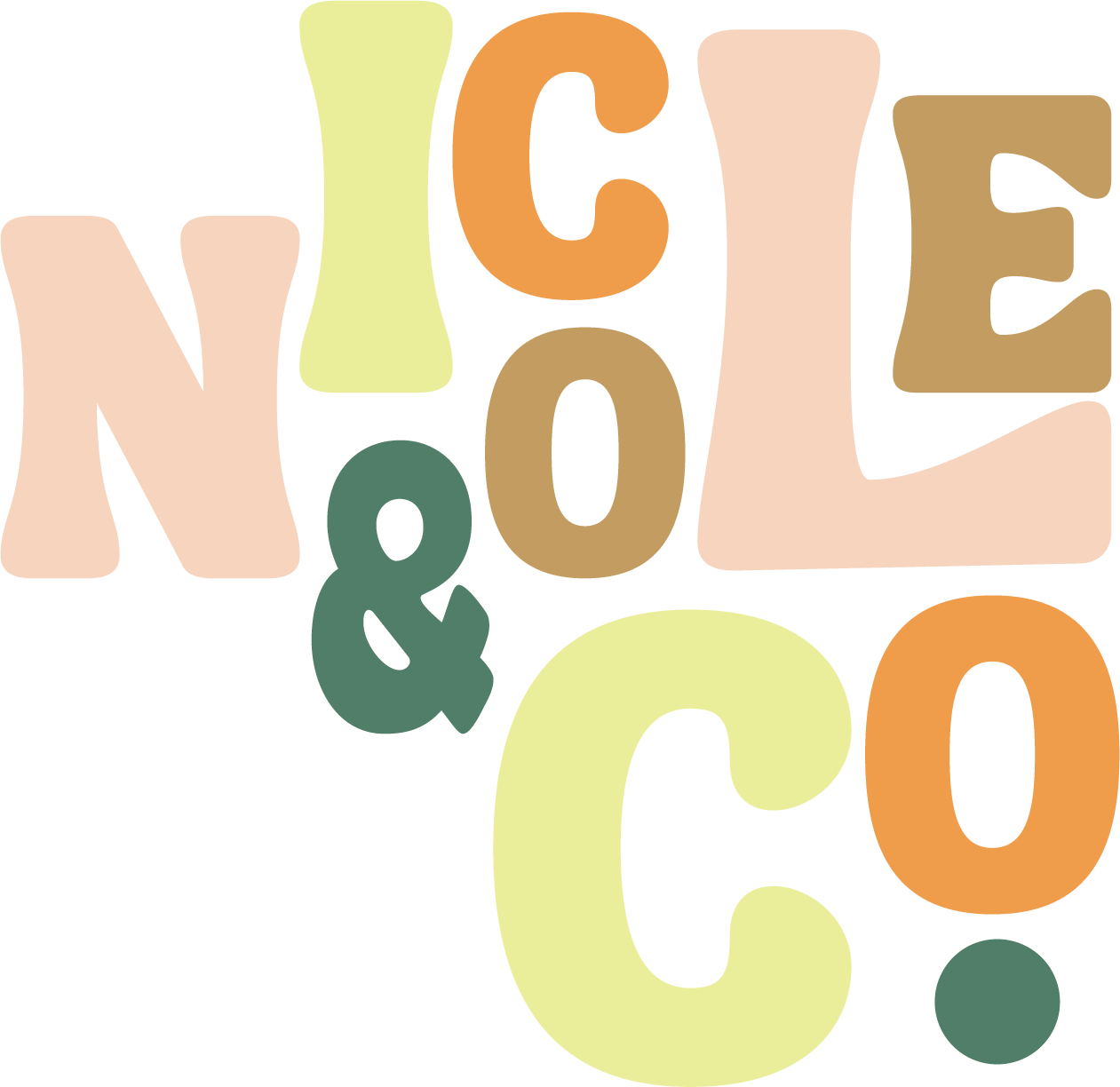How Saying "NO" Saved My Life | Part 2 of 3
Enacting the No
How did it go last week? Did you make your list?
If you missed the first of my How to Say “No” Series, check out this first installment to get caught up!
Now that you know what you should say “No” to, it’s time to enact the process. For me, this was the hardest step. I have an emotional attachment to people and businesses that I work with. Because of my “over feeling” tendencies, I like to be super involved and become emotionally invested in the growth and success of these businesses. So enacting the “No” became really difficult when I realized I had to let go of some of my favorite projects.
I did hold on to quite a few, to be honest. The ones that made my stomach churn when I thought about not working on them anymore. But the others, I know in my heart that this was the right decision: for my clients, for their success, and for my own.
Next Steps : How to Enact the No
- First, it’s important to clean up what you already have. This starts with wrapping your brain, and heart, around the situation. Even if it means that your business isn’t really what you thought it would be – this is what your business is. Embrace it, roll with it, and understand the ebbs and flows of your relationship with your business. Sometimes, you have to hate it a little so you can make room for the parts you love. This is that step.
- Start drafting your email or your phone call script that you will be using to talk to your current clients when you let them know you are no longer going to be working on their job or type of job. Here are the sub-steps to that:
- Give them somewhere to go. Set up a relationship with another vendor who you think will handle their job well. This could be an in person relationship or an online relationship, depending on the nature of the job. For example, I decided to move all of my web maintenance clients to their own hosting plan on GoDaddy, and all of my reorder clients to my favorite printer, Jessica.
- Make the transition seamless. Whatever it may be – zipping up print files for them, downloading server files, creating a brand awareness manual, etc. – make sure to have everything they are going to need in one, easy to use and access place. They will be so thankful and will have fewer concerns and questions.
- Set up a final payment plan. If your current client is on a payment plan with you, be it a retainer or outstanding invoices, make sure to have handy the payment option best suited for them. Work completed is usually the best way to go. If your client has paid you in advance for work you haven’t yet completed, and you don’t have the cash flow to refund it, be sure to offer (strongly offer) to finish up the work per your outstanding contract.
- Set aside ample time to make the transition. What I thought would take two full days for three full weeks in fact took me four full days for an entire month. Something like 96 hours… Seriously. Make the time in your schedule for meetings, lots of back and forth emails, and most importantly, fixing unforeseen problems. Because you will have them. Files won’t render correctly, site links will break and servers will crash. It happens, we can’t control it, and we need to know up front that we will be responsible for taking care of it. It is our job to unequivocally take care of our people during this transition, no questions asked, Just do it.
When you finish this step, you may feel like you have had the weight of the world lifted off your shoulders, or you might feel like you have hit rock bottom and just want to cry. Or both. But that’s ok. It’s like the end of an adrenaline rush – it feels so good while you’re on the high, but then it hits the floor.
My suggestion? Take a day or two off from everything. Give yourself room to breathe, evaluate where you are now, and how much more free you will be when you get back to work.
Next week we will talk about how to move forward and eloquently say “No.” In the meantime, get to work enacting your “No!”
xoxo

